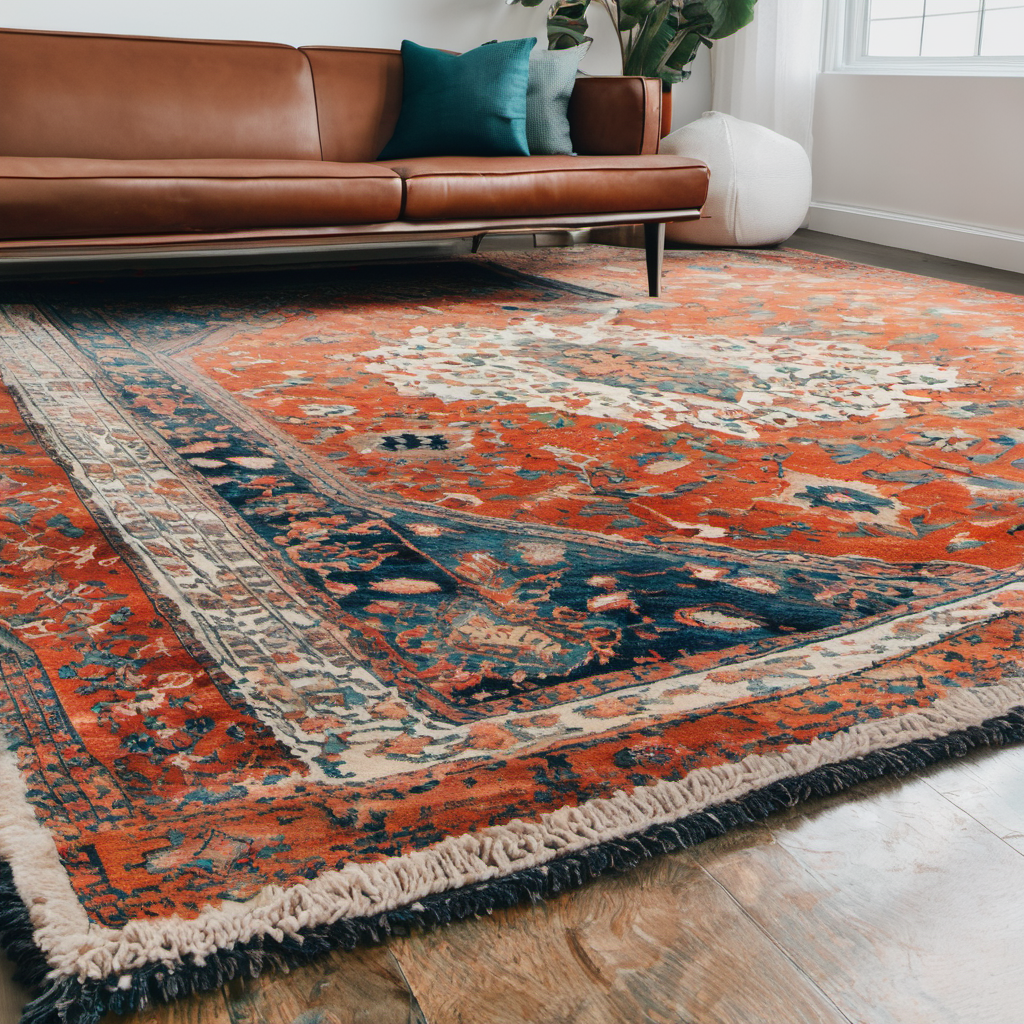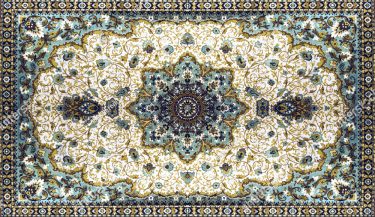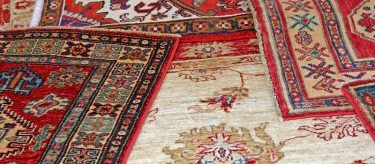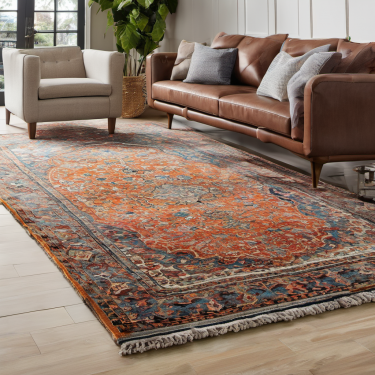Tips for Repairing Persian Rugs
Home » Green Carpet Blog » Oriental Rug Care » Tips for Repairing Persian Rugs
Rugs can be one of the most elegant additions to a home. If well-maintained and cared for, they can last for many years. But with them being exposed to people, pets, furniture, and even insects, there is every possibility that they may get damaged and need to be repaired. While you may want to repair a rug yourself, you may wonder what is the best way to do it. Given that buying a Persian rug is expensive, you would want to protect the value of your investment. This post will give you some valuable tips for repairing Persian rugs so that you can decide whether to do it yourself or give it to a professional repairing service.
Looking at the Damage
It’s quite likely that you will have noticed some signs of damage to your rug while cleaning it out manually or vacuuming it. This can be related to frayed edges, holes, and tears in the fiber, and there may even be a need to re-pile the rug. The nature of the repair will depend on the type and extent of damage to the rug.


Tools and Materials
Before starting to repair your rug, you would need the following materials and tools.
- Curved Needles: You would need this to sew edges and tight spots in the rug. It will allow you to execute controlled stitches while working on thick or plush rugs.
- Straight Needles: This is needed for general repairs. It’s better to have them in different sizes so that they can repair rugs of varying thickness.
- Scissors: Invest in sharp, high-quality scissors that make clean cuts. This prevents further damage to the rug’s fibers.
- Hooking Tools: These tools pull yarn through the rug’s backing and are essential for tufted rug repairs.
- Tweezers: These are handy for untangling knotted threads or placing fibers with precision.
- Matching Yarn: You have to match the right color and texture of yarn for a seamless look, ensuring that the mended area blends perfectly with the rest of the rug.
- Foundation Material: Depending on the type of repair, new foundation material might be required, especially in cases of severe damage or wear.
Common Repair Techniques
Depending on the type of damage to your rug, you can apply various techniques for repair.
1. Repairing the Fringes
The fringe is the edge of the rug. If it is exposed, it can be damaged very easily. It forms the backbone of the rug, running from one end to the other. It can result in further damage to the rug’s pile if left untreated. The most common way to repair a fringe is to re-secure the fringes that have come loose and trim them to an even length. If your rug has a thick pile, it is better to sew on new fringes. Rugs with a low pile can be repaired using a Zenegra stitch. These techniques may have to be combined in some cases.
2. Repairing the Sides
The fringes are evident on two ends of the rug. The other two sides are called selvages. When these get unraveled, they have to be repaired. This is done by wrapping the side with wool of the same color and texture that matches the original threads. This is usually done by a seasoned professional.
3. Repiling
With time, the pile of the rug can wear out. This exposes the foundation of the rug. To repair the pile, it has to be given to a professional who will reweave the pile with the same or matching wool as the original. It may take considerable effort to find the same color and texture.
4. Patching Holes and Tears
If you find a hole in your Persian rug, it means that the damage has gone through it entirely. This means that not only the foundation but also the top or surface area has to be repaired. The rug repairing expert will have to work to correct the foundation first and then move on to the top of the carpet. They will have to match the color of the rug as well as the warps, wefts, and knots to make sure it is as close to the original as possible.
5. Moth Damage
Sometimes your rug may be damaged by moths. This is because moth larvae like to feed on wool. The damage can be quite extensive and requires the hands of an expert to repair it. They would have to examine the rug for holes, frayed edges, and weakened fibers. Moth damage can cause the threads to unravel, even forming holes. The damaged areas will have to be reweaved and weakened fibers reinforced. The final step would be to apply a protective coating to the rug so that future moth infestation and damage are prevented.
6. Restoring Color
The colors of your rug may get faded due to dust or exposure to sunlight. When this is the case, the rug will have to be redyed very carefully to match the original color and pattern. The discolored or stained area will have to be cleaned thoroughly. Then the dyeing and color-matching process can begin. The restored area should blend seamlessly with the rest of the rug. This can be a cumbersome process especially if it is a multicolored rug.
7. Removing Pet Stains
Stains left by pets can be another area of concern because they can discolor the rug and even leave a bad odor. You would have to identify the type of stain and then use specialized cleaning materials and techniques to remove it without causing further damage. Depending on the severity of the stain, it may require steam cleaning, handwashing, or spot cleaning.
Conclusion
The repair and restoration of a Persian rug requires the application of various techniques. This will depend on the type and extent of damage that has been caused in a particular instance. Although you can try it yourself, it is better to entrust it in the hands of a seasoned carpet repairer so that the work can be done to meet the highest standards and add years of life to your rug.


Categories
Carpets
Oriental Rug



